Our society was designed from the ground up to accommodate the needs of able-bodied individuals, so there are times when everyday situations can become a struggle for those who are deaf. There are barriers to basic access that limit the rights and freedoms of those who can not hear, subtly perpetuating an existing structure of oppression.
Even with all our modern technology, progressive innovators have failed to address some of the real problems that persist when it comes to accessibility. Below are 5 accessibility issues that could use more attention in 2018.
5 Deaf Accessibility Solutions We Hope to See
1) Movie Theater Captioning
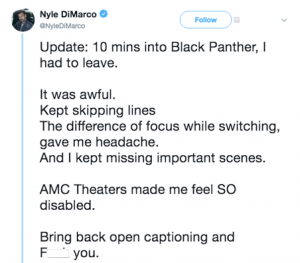 This past month, actor and activist Nyle DiMarco tweeted about his unfortunate experience at AMC Cinemas after attending a screening of the much anticipated Black Panther movie. Frustrated with the wild inconsistency of the captioning, which was dropping entire blocks of dialogue, DiMarco left the theater only ten minutes into the film. Hundreds of other deaf individuals joined DiMarco’s Twitter thread to share their own stories of failed captioning systems and culturally incompetent employees at cinemas; most concluding with a resignation that movie theaters are still not friendly places for deaf or otherwise disabled patrons.
This past month, actor and activist Nyle DiMarco tweeted about his unfortunate experience at AMC Cinemas after attending a screening of the much anticipated Black Panther movie. Frustrated with the wild inconsistency of the captioning, which was dropping entire blocks of dialogue, DiMarco left the theater only ten minutes into the film. Hundreds of other deaf individuals joined DiMarco’s Twitter thread to share their own stories of failed captioning systems and culturally incompetent employees at cinemas; most concluding with a resignation that movie theaters are still not friendly places for deaf or otherwise disabled patrons.
Movie theaters are a place of public accommodation where people from all walks of life are entitled to share an experience. A culturally significant film such as Black Panther, or a film that elicits rabid fandom like the Star Wars series, can be meaningful to people’s lives. Everyone deserves to share in that excitement and collective social moment if they so choose.
The closed captioning devices that deaf movie-goers are given to use make it difficult to focus on both the film, which is in the background, and the screen, which is in the foreground. The constant shift in focus can be exhausting, and can also cause the viewer to miss a great deal of the action in the movie. Captioning glasses offer a similar experience.
When reading tweets in the thread started by DiMarco, it becomes clear that open captioning (with the transcript right on the screen) is the preferred accommodation for deaf audiences. But movie theaters do not want to scare off the much larger audience of hearing people by offering all showings with open captions. Captioned showings are offered infrequently, typically at odd times, and there are even reported instances of movie theaters actually turning off the captioned version after hearing viewers complain.
We live in a time of liquid HD film and 3D IMAX cinematography and hologram performers, but deaf people can’t just enjoy a simple night at the movies. Wouldn’t it be great to see an elegant technological solution that meets the needs of deaf audiences while maintaining appeal to mainstream patrons?
2) Text-based Emergency Alerts and Service Lines
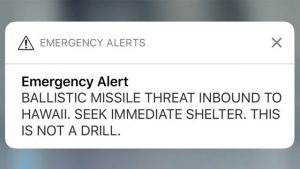 Although its true that programs like text-911 and text emergency alerts are beginning to roll out across the country, they are still embarrassingly unreliable considering the availability of technological resources in this era. Emergency management systems continue to malfunction, for example the alarming recent false missile alert that was sent out to mobile phones in Hawaii, which was not corrected by a follow-up text for a full 38 minutes.
Although its true that programs like text-911 and text emergency alerts are beginning to roll out across the country, they are still embarrassingly unreliable considering the availability of technological resources in this era. Emergency management systems continue to malfunction, for example the alarming recent false missile alert that was sent out to mobile phones in Hawaii, which was not corrected by a follow-up text for a full 38 minutes.
Those who can hear have more immediate access to updates during emergency situations, which literally places deaf people at a disadvantage for survival. What kind of innovative modern federal emergency alert and management solutions could be created if this issue was granted the kinds of intellectual resources, research funding, and priority that it deserves?
3) Interpreted Concerts and Performances
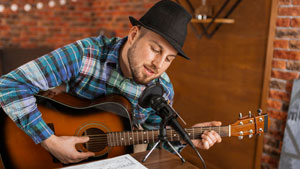 This is a fact that was for too long hidden, covered up, and denied, so it deserves to be repeated with great frequency: people who are d/Deaf deserve full access to the cultural arts!
This is a fact that was for too long hidden, covered up, and denied, so it deserves to be repeated with great frequency: people who are d/Deaf deserve full access to the cultural arts!
People who are deaf deserve access to every moment of shared collective joy, pain, awe, introspection, and outward rage that can be elicited through performance. To deny a person this experience is to deny them access to the very culture in which they live and the possibility of meaningful human connection. From Broadway shows, to the national anthem at a baseball game, to a pop concert, and everything in between, each and every person in attendance should be able to share in the energy.
This is an accessibility issue that can be resolved without the use of robotics or engineering! For those who use ASL to communicate, a properly placed, qualified sign language interpreter is the best option for full access, and if possible, hiring a deaf interpreter or trained performer. Yet there remains a stubborn set of barriers when it comes to access for the performing arts, namely a lack of cultural competency when it comes to accommodating a deaf audience. Often those organizing and hosting cultural events overlook their ADA obligation to provide equal access when creating a budget for the production, then find themselves scrambling to find the funding for accommodations.
Performing arts are an outlet for self expression; a way to explore complex human emotions and taboo topics. Theaters, venues, and even musicians themselves are being pressured to evolve to meet the demands of culturally aware audiences, who value inclusion.
4) Video phone services in jails and prisons
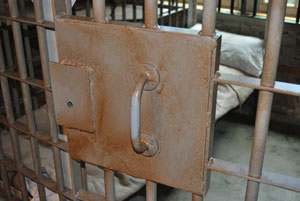 The rights of deaf inmates are extremely limited and often violated. There are thousands of deaf prisoners all across the country — a number of them wrongfully convicted — yet less than 10 prisons in the United States have video phones.
The rights of deaf inmates are extremely limited and often violated. There are thousands of deaf prisoners all across the country — a number of them wrongfully convicted — yet less than 10 prisons in the United States have video phones.
Inmates are routinely denied access to their families, friends and legal counsel because effective communication technologies are not present, or because the staff does not know how to operate or “supervise” calls on the outdated and unreliable equipment. Incarcerated deaf people grow increasingly isolated.
As inmates, deaf people are left out of orientations and safety meetings, and denied possibilities for social interaction. Prison televisions without captioning remove yet another line to the outside world. Deaf prisoners are denied access to post-secondary education and extracurricular activities. The end result is emotional withdrawal and deteriorating mental health.
The increase of civil rights activism in our country paired with the constant evolution of technologies could truly benefit prisoners who are deaf. Technological developers seeking a way to “give back” or solve a real social problem should consider assisting this extremely marginalized and silenced segment of the population.
5) Public and private transportation
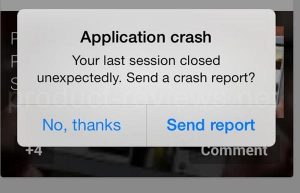 It’s hard to believe that it’s 2018 and we still haven’t found a consistent and effective means of communicating time, gate, and route changes for major transportation methods. Deaf people still frequently miss train and plane announcements, which often happen at the last minute. Visual notifications at airports can lag, and airport staff are not all trained to be culturally aware when interacting with a lost passenger who is deaf.
It’s hard to believe that it’s 2018 and we still haven’t found a consistent and effective means of communicating time, gate, and route changes for major transportation methods. Deaf people still frequently miss train and plane announcements, which often happen at the last minute. Visual notifications at airports can lag, and airport staff are not all trained to be culturally aware when interacting with a lost passenger who is deaf.
Transportations apps are great in theory, but in-practice they’re often glitchy, not updated in real-time, or cannot be accessed while traveling underground. This not only impacts deaf passengers. For example: if a flight boards 30 minutes early, any passengers who have just stepped out to get some fresh air or who are in a smoking area can very easily miss the overhead announcement. Transportation companion apps are rarely innovative or even user-friendly. Sometimes the apps work smoothly and as intended, then other times the apps crash or close out at critical moments, leaving travelers without the tools they need. For passengers who can not hear, this can be very confusing and frustrating.
If airlines and public transportation companies hope to regain the numbers they continue to lose, they may want to make a serious investment in the way they digitally connect with passengers. Making transportation a seamless and integrated experience in people’s lives can help more people experience the benefits of traveling.
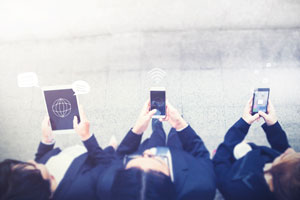 Intricate robotic communication devices, such as “sign language gloves” and intuitive interpreting apps, have always captivated the minds of innovators looking to help bridge the gap between the deaf and hearing world. If advanced to a stage of development where they functioned as intended, these types of devices would offer an interesting new option for deaf and hearing individuals to communicate in one-to-one, or maybe even small group settings. However, most people who are actively involved with the deaf community know that navigating the language barrier during calm, planned personal interactions isn’t the most pressing accessibility issue that people who are d/Deaf/Hard of hearing face.
Intricate robotic communication devices, such as “sign language gloves” and intuitive interpreting apps, have always captivated the minds of innovators looking to help bridge the gap between the deaf and hearing world. If advanced to a stage of development where they functioned as intended, these types of devices would offer an interesting new option for deaf and hearing individuals to communicate in one-to-one, or maybe even small group settings. However, most people who are actively involved with the deaf community know that navigating the language barrier during calm, planned personal interactions isn’t the most pressing accessibility issue that people who are d/Deaf/Hard of hearing face.
Perhaps before developing all sorts of high-tech “solutions,” ambitious innovators could slow down and take a moment to understand the real problems faced by the deaf and disabled communities. They could help to level the playing field for these communities moving forward. By creating genuine connections with the people that they hope to help, socially-minded individuals in the STEM fields can truly begin to change the world.
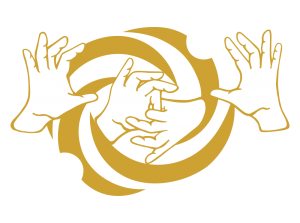

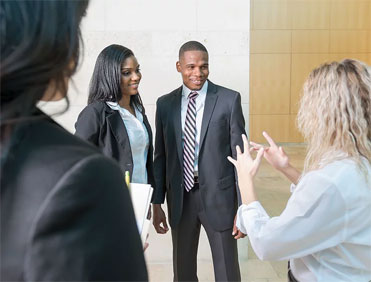
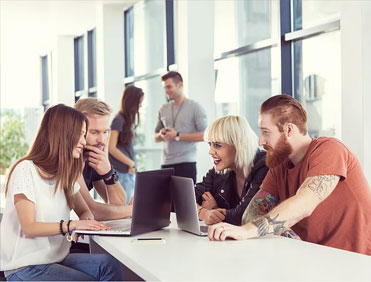
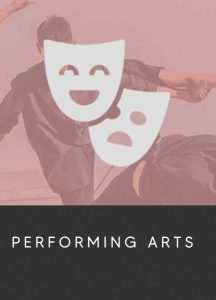
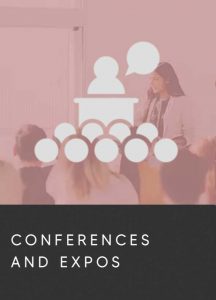
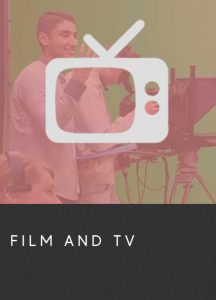
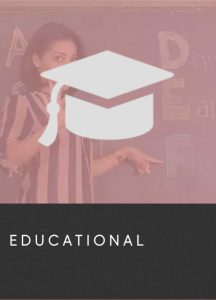
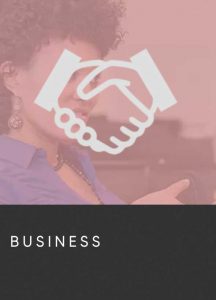
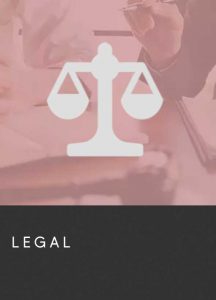
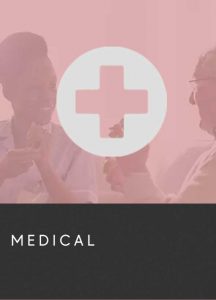
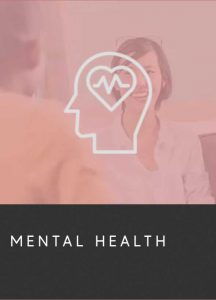
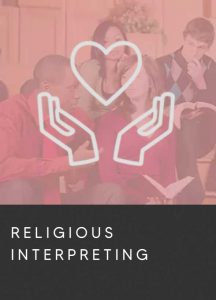
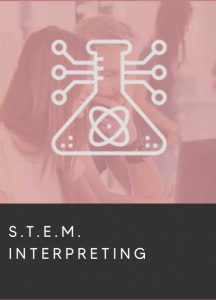
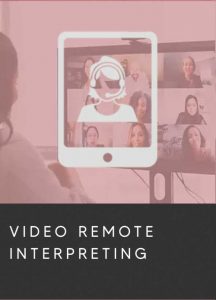
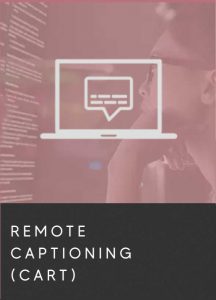

 This past month, actor and
This past month, actor and  Although its true that programs like text-911 and text emergency alerts are beginning to roll out across the country, they are still embarrassingly unreliable considering the availability of technological resources in this era. Emergency management systems continue to malfunction, for example the alarming
Although its true that programs like text-911 and text emergency alerts are beginning to roll out across the country, they are still embarrassingly unreliable considering the availability of technological resources in this era. Emergency management systems continue to malfunction, for example the alarming  This is a fact that was for too long hidden, covered up, and denied, so it deserves to be repeated with great frequency: people who are d/Deaf deserve full access to the cultural arts!
This is a fact that was for too long hidden, covered up, and denied, so it deserves to be repeated with great frequency: people who are d/Deaf deserve full access to the cultural arts! The rights of deaf inmates are extremely limited and often violated.
The rights of deaf inmates are extremely limited and often violated.  It’s hard to believe that it’s 2018 and we still haven’t found a consistent and effective means of communicating time, gate, and route changes for major transportation methods. Deaf people still frequently miss train and plane announcements, which often happen at the last minute. Visual notifications at airports can lag, and airport staff are not all trained to be culturally aware when interacting with a lost passenger who is deaf.
It’s hard to believe that it’s 2018 and we still haven’t found a consistent and effective means of communicating time, gate, and route changes for major transportation methods. Deaf people still frequently miss train and plane announcements, which often happen at the last minute. Visual notifications at airports can lag, and airport staff are not all trained to be culturally aware when interacting with a lost passenger who is deaf. Intricate robotic communication devices, such as “sign language gloves” and intuitive interpreting apps, have always captivated the minds of innovators looking to help bridge the gap between the deaf and hearing world. If advanced to a stage of development where they functioned as intended, these types of devices would offer an interesting new option for deaf and hearing individuals to communicate in one-to-one, or maybe even small group settings. However, most people who are actively involved with the deaf community know that navigating the language barrier during calm, planned personal interactions isn’t the most pressing accessibility issue that people who are d/Deaf/Hard of hearing face.
Intricate robotic communication devices, such as “sign language gloves” and intuitive interpreting apps, have always captivated the minds of innovators looking to help bridge the gap between the deaf and hearing world. If advanced to a stage of development where they functioned as intended, these types of devices would offer an interesting new option for deaf and hearing individuals to communicate in one-to-one, or maybe even small group settings. However, most people who are actively involved with the deaf community know that navigating the language barrier during calm, planned personal interactions isn’t the most pressing accessibility issue that people who are d/Deaf/Hard of hearing face.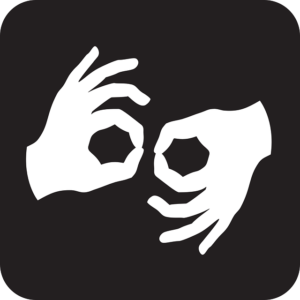
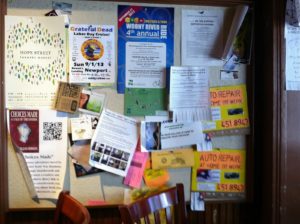 To reach the deaf population within your community, create eye-catching fliers and distribute them in areas that get heavy traffic. Libraries, gyms, coffee shops, community centers or schools (especially schools for the deaf) are good places to start. Make sure your flier prominently includes the fact that ASL interpreters and/or other access will be provided. Try using the logo for ASL interpreter somewhere that it can easily be seen.
To reach the deaf population within your community, create eye-catching fliers and distribute them in areas that get heavy traffic. Libraries, gyms, coffee shops, community centers or schools (especially schools for the deaf) are good places to start. Make sure your flier prominently includes the fact that ASL interpreters and/or other access will be provided. Try using the logo for ASL interpreter somewhere that it can easily be seen.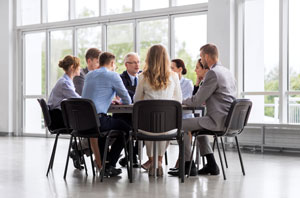 While Deaf Clubs are not as popular as they once were, searching “Deaf Club [your city name]” on the internet may still be an easy way to connect with the local deaf community. If there is a website, social media page, or message board for a local Deaf Club, try reaching out with information about your event. See if you can find the right person to help you distribute the information effectively. You may also want to search “Deaf Events [your city name]” or “Deaf Meetup [your city name],” which is a site popularly used by the community to organize informal gatherings. If you find there is a local group of deaf individuals who get together for coffee, ask if you could drop off some promotional materials at their next meeting. Ask around at any local churches that offer ASL interpreted prayer to see if they have deaf congregation members that might be interested in your event. Or maybe there’s a Deaf yoga group? A little networking can go a long way!
While Deaf Clubs are not as popular as they once were, searching “Deaf Club [your city name]” on the internet may still be an easy way to connect with the local deaf community. If there is a website, social media page, or message board for a local Deaf Club, try reaching out with information about your event. See if you can find the right person to help you distribute the information effectively. You may also want to search “Deaf Events [your city name]” or “Deaf Meetup [your city name],” which is a site popularly used by the community to organize informal gatherings. If you find there is a local group of deaf individuals who get together for coffee, ask if you could drop off some promotional materials at their next meeting. Ask around at any local churches that offer ASL interpreted prayer to see if they have deaf congregation members that might be interested in your event. Or maybe there’s a Deaf yoga group? A little networking can go a long way!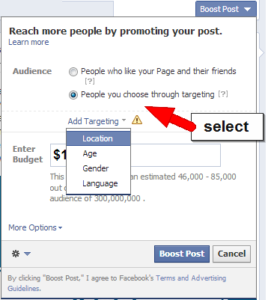 The widespread use of social media has made is easier than ever for individuals who are deaf to stay connected, both with each other and with the majority hearing culture. If you don’t know where to start, Facebook is an excellent tool for promoting your event to the local community. First: create an “Event” page using your brand’s Facebook page, if you have not already done so. Include all the relevant details about the event, and make sure it clearly states that ASL interpreters will be provided. Promote this event on your brand/ organization’s Facebook page on a regular basis to make sure your fans see it. You might want to “pin” the post to the top of you page.
The widespread use of social media has made is easier than ever for individuals who are deaf to stay connected, both with each other and with the majority hearing culture. If you don’t know where to start, Facebook is an excellent tool for promoting your event to the local community. First: create an “Event” page using your brand’s Facebook page, if you have not already done so. Include all the relevant details about the event, and make sure it clearly states that ASL interpreters will be provided. Promote this event on your brand/ organization’s Facebook page on a regular basis to make sure your fans see it. You might want to “pin” the post to the top of you page.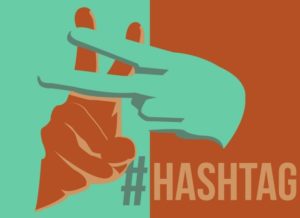 If you have more time and are looking to foster a deeper connection to the deaf online community, try following the #Deaf hashtag for a while, follow deaf individuals, and observe public discussions on all different outlets. Soon, you will be able to start identifying the more active influencers. Engage these individuals, use your own platform to share their messages, and develop a solid repertoire. Then, the next time you have an event to promote, these individuals will be more likely to reciprocate and share your information with their audiences. Investing in these mutually beneficial relationships can be worth it in the long run.
If you have more time and are looking to foster a deeper connection to the deaf online community, try following the #Deaf hashtag for a while, follow deaf individuals, and observe public discussions on all different outlets. Soon, you will be able to start identifying the more active influencers. Engage these individuals, use your own platform to share their messages, and develop a solid repertoire. Then, the next time you have an event to promote, these individuals will be more likely to reciprocate and share your information with their audiences. Investing in these mutually beneficial relationships can be worth it in the long run. For example: if you were promoting an upcoming musical event with ASL interpreters, you would want this message to reach deaf music-lovers. Maybe you could contact local college music programs, open mic nights, or music shops to see if they could put the word out there for you, too. If you were organizing an ASL interpreted art event, it might be a good idea to connect with local schools, arts and craft stores, museums, galleries, and prominent local artists to help spread the news. Be sure to emphasize that interpreting services will be provided!
For example: if you were promoting an upcoming musical event with ASL interpreters, you would want this message to reach deaf music-lovers. Maybe you could contact local college music programs, open mic nights, or music shops to see if they could put the word out there for you, too. If you were organizing an ASL interpreted art event, it might be a good idea to connect with local schools, arts and craft stores, museums, galleries, and prominent local artists to help spread the news. Be sure to emphasize that interpreting services will be provided!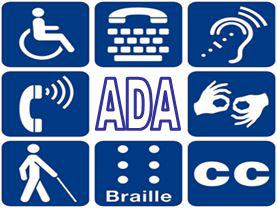 Finally— more than 25 years after the Americans with Disabilities Act was passed to help guarantee basic access in public spaces for people who are disabled— businesses and organizations have started to realize that providing sign language interpreters upon request is not only the right thing to do, but it is actually the law. While this is certainly a step in the right direction, it still leaves us a long way from equality. Unlike those who can hear, individuals who are deaf continue to shoulder the burden of planning in advance and then requesting accommodations if they wish to do anything as simple as attending a concert or lecture.
Finally— more than 25 years after the Americans with Disabilities Act was passed to help guarantee basic access in public spaces for people who are disabled— businesses and organizations have started to realize that providing sign language interpreters upon request is not only the right thing to do, but it is actually the law. While this is certainly a step in the right direction, it still leaves us a long way from equality. Unlike those who can hear, individuals who are deaf continue to shoulder the burden of planning in advance and then requesting accommodations if they wish to do anything as simple as attending a concert or lecture.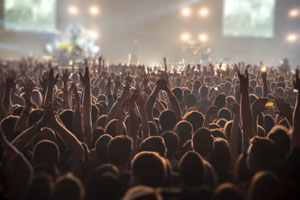 When organizations make the decision to consistently offer communication access (without being asked), the impact is two-fold. On one hand, they are creating an environment where access is a priority, which will naturally foster greater diversity among patrons. On the other hand, they are providing a model of inclusion that all attendees will recall moving forward. Just think about how those videos of ASL interpreters at music festivals tend to go viral— this is, in part, because equal access at musical events has been so rare that it is worth noting when it happens. People, both deaf and hearing, remember the awesome ASL interpreter.
When organizations make the decision to consistently offer communication access (without being asked), the impact is two-fold. On one hand, they are creating an environment where access is a priority, which will naturally foster greater diversity among patrons. On the other hand, they are providing a model of inclusion that all attendees will recall moving forward. Just think about how those videos of ASL interpreters at music festivals tend to go viral— this is, in part, because equal access at musical events has been so rare that it is worth noting when it happens. People, both deaf and hearing, remember the awesome ASL interpreter.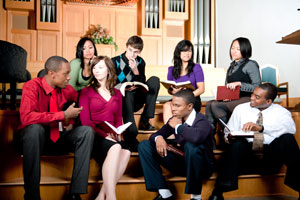 For events themed around diversity or the empowerment of minority groups, it is especially important to ensure communication access is provided. When d/Deaf/HoH individuals attend these types of events and there is no interpreter or captioning available, it can cause doubt about the sincerity of the “inclusive” message of these movements. Inclusion means everyone can participate.
For events themed around diversity or the empowerment of minority groups, it is especially important to ensure communication access is provided. When d/Deaf/HoH individuals attend these types of events and there is no interpreter or captioning available, it can cause doubt about the sincerity of the “inclusive” message of these movements. Inclusion means everyone can participate. 
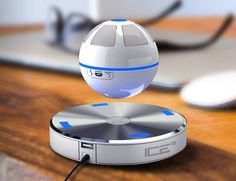 When hearing people think about exciting new technologies for those who are deaf, their minds most likely jump to the latest developments in cochlear implants or hearing aids. Or perhaps they may vaguely recall reading about any number of devices being developed to translate sign language into speech (or speech into ASL, or ASL into text). When hearing people think about deafness in general, they tend to think only in terms of “problems” and “solutions.” Luxury technology now forms a cornerstone of our sleek American culture, yet very few innovations seek to enhance — or even consider — the real diversity of the modern user base.
When hearing people think about exciting new technologies for those who are deaf, their minds most likely jump to the latest developments in cochlear implants or hearing aids. Or perhaps they may vaguely recall reading about any number of devices being developed to translate sign language into speech (or speech into ASL, or ASL into text). When hearing people think about deafness in general, they tend to think only in terms of “problems” and “solutions.” Luxury technology now forms a cornerstone of our sleek American culture, yet very few innovations seek to enhance — or even consider — the real diversity of the modern user base. Chris (“Phoenix”) Robinson, who has severe hearing loss in his right ear and is completely deaf in his left, and Brandon (“Zero”) Chan, who is deaf, began their Twitch.tv channel
Chris (“Phoenix”) Robinson, who has severe hearing loss in his right ear and is completely deaf in his left, and Brandon (“Zero”) Chan, who is deaf, began their Twitch.tv channel 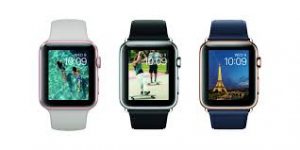
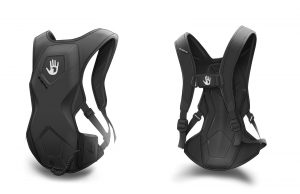 Innovators and entrepreneurs have only recently begun to recognize a major void in the market for accessible technologies. The DeafGamers were recently contacted by SubPac, a Los Angeles based company specializing in tactile audio technology that transfers low frequencies (bass) directly to a user’s body. “They provided us with a SubPac vest and SubPac chair strap so we can show how it actually helps us feel the game,” explained Robinson.
Innovators and entrepreneurs have only recently begun to recognize a major void in the market for accessible technologies. The DeafGamers were recently contacted by SubPac, a Los Angeles based company specializing in tactile audio technology that transfers low frequencies (bass) directly to a user’s body. “They provided us with a SubPac vest and SubPac chair strap so we can show how it actually helps us feel the game,” explained Robinson.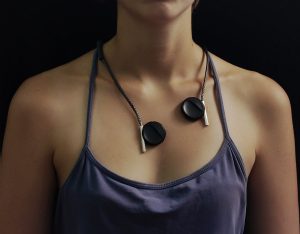 Overseas, The Junge Symphoniker, a symphony orchestra in Hamburg, is utilizing “
Overseas, The Junge Symphoniker, a symphony orchestra in Hamburg, is utilizing “ People who are deaf are actively dismantling stereotypes, and technology plays a large role in this movement. DJ Robbie Wilde, who is deaf, utilizes a software program called Serrato that allows him to see the different waveforms when he is mixing and performing. Artist and Senior TED Fellow Christine Sun Kim uses a variety of speakers, paints, projections, lights, balloons and more, to translate sound into electricity and vibrations, and then into visual art. The Signly Keyboard App, backed by non-profit ASLized, brought ASL emojis to a very eager community of deaf texters, offering a more enjoyable and precise way to communicate in their own language.
People who are deaf are actively dismantling stereotypes, and technology plays a large role in this movement. DJ Robbie Wilde, who is deaf, utilizes a software program called Serrato that allows him to see the different waveforms when he is mixing and performing. Artist and Senior TED Fellow Christine Sun Kim uses a variety of speakers, paints, projections, lights, balloons and more, to translate sound into electricity and vibrations, and then into visual art. The Signly Keyboard App, backed by non-profit ASLized, brought ASL emojis to a very eager community of deaf texters, offering a more enjoyable and precise way to communicate in their own language. “I love music and I want deaf people to have the opportunity to experience music,” explains Gary Behm, Director of the RIT/ NTID Center on Access Technology. “But for this type of equipment to be cost-effective, it must also benefit the hearing community. Businesses need to make a profit.”
“I love music and I want deaf people to have the opportunity to experience music,” explains Gary Behm, Director of the RIT/ NTID Center on Access Technology. “But for this type of equipment to be cost-effective, it must also benefit the hearing community. Businesses need to make a profit.” “The principle of universal design ensures people with disabilities can access your website while improving the experience for people without disabilities,” explains David Peter, a software developer who is deaf, in his article for
“The principle of universal design ensures people with disabilities can access your website while improving the experience for people without disabilities,” explains David Peter, a software developer who is deaf, in his article for 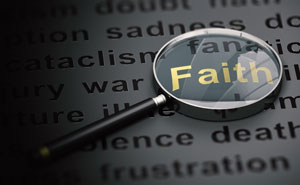 Religious freedom is one of our core American beliefs. Whether a person is Christian, Catholic, Muslim, Buddhist, or any other faith; all individuals should have the opportunity to connect with a spiritual community. Because religious texts can be complex, and services are full of symbolic tales, it can be difficult for people whose native language is American Sign Language to follow along. For deaf community members to receive equal access during faith-based events, a qualified Religious Interpreter is needed.
Religious freedom is one of our core American beliefs. Whether a person is Christian, Catholic, Muslim, Buddhist, or any other faith; all individuals should have the opportunity to connect with a spiritual community. Because religious texts can be complex, and services are full of symbolic tales, it can be difficult for people whose native language is American Sign Language to follow along. For deaf community members to receive equal access during faith-based events, a qualified Religious Interpreter is needed.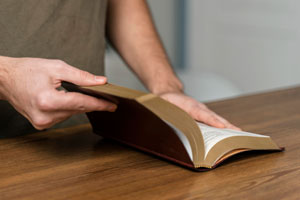 When a proper Religious Interpreter is not provided, a friend or family member might step in, which takes their attention away from the event. Additionally, unqualified interpreters risk confusing the message, or communicating it with their own personal bias. Qualified Religious Interpreters possess a specialized set of skills that help ensure important religious messages are accurately and meaningfully communicated.
When a proper Religious Interpreter is not provided, a friend or family member might step in, which takes their attention away from the event. Additionally, unqualified interpreters risk confusing the message, or communicating it with their own personal bias. Qualified Religious Interpreters possess a specialized set of skills that help ensure important religious messages are accurately and meaningfully communicated. Qualified Religious Interpreters will read all important spiritual texts, know both historical and current events, and understand the meaning of religious holidays. Although it is not necessary for an interpreter to be a religious scholar, they should possess a developed understanding of the religion they are serving. They should know common prayers, songs, or poems, and be able to interpret the tone of these pieces.
Qualified Religious Interpreters will read all important spiritual texts, know both historical and current events, and understand the meaning of religious holidays. Although it is not necessary for an interpreter to be a religious scholar, they should possess a developed understanding of the religion they are serving. They should know common prayers, songs, or poems, and be able to interpret the tone of these pieces. Religions have a wide variety of cultural “norms” and taboos. A qualified Religious Interpreter respects spiritual traditions and works to facilitate high quality access to all aspects of faith. They understand what is “allowed” and what is “forbidden” in the religions they serve, and honor the belief system of the deaf consumers. They will know the religious hierarchy, sacred areas, and the gender roles of the faith. Qualified Religious Interpreters will not accept an assignment where their own personal beliefs might conflict with their ability to provide unbiased services.
Religions have a wide variety of cultural “norms” and taboos. A qualified Religious Interpreter respects spiritual traditions and works to facilitate high quality access to all aspects of faith. They understand what is “allowed” and what is “forbidden” in the religions they serve, and honor the belief system of the deaf consumers. They will know the religious hierarchy, sacred areas, and the gender roles of the faith. Qualified Religious Interpreters will not accept an assignment where their own personal beliefs might conflict with their ability to provide unbiased services.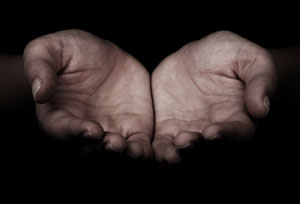 A qualified Religious Interpreter can be extremely important to facilitate confidential interactions between hearing and deaf members of faith. Counseling sessions, confessions, or any type of complex private conversation between spiritual leaders and members of the religious community require intimate trust. Qualified Religious Interpreters adhere to the NAD-RID Code of Professional Conduct, maintaining the highest standards of confidentiality and impartiality.
A qualified Religious Interpreter can be extremely important to facilitate confidential interactions between hearing and deaf members of faith. Counseling sessions, confessions, or any type of complex private conversation between spiritual leaders and members of the religious community require intimate trust. Qualified Religious Interpreters adhere to the NAD-RID Code of Professional Conduct, maintaining the highest standards of confidentiality and impartiality.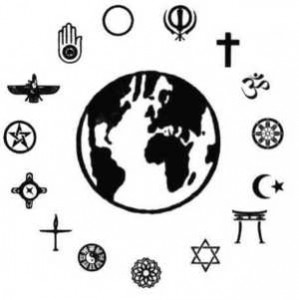 To provide the best possible services to deaf religious communities, Religious Interpreters regularly engage in professional development activities. By working alongside experienced mentors, connecting with others in the field, and getting feedback from deaf consumers, interpreters who work in religious settings can make sure their skills are top quality.
To provide the best possible services to deaf religious communities, Religious Interpreters regularly engage in professional development activities. By working alongside experienced mentors, connecting with others in the field, and getting feedback from deaf consumers, interpreters who work in religious settings can make sure their skills are top quality.




